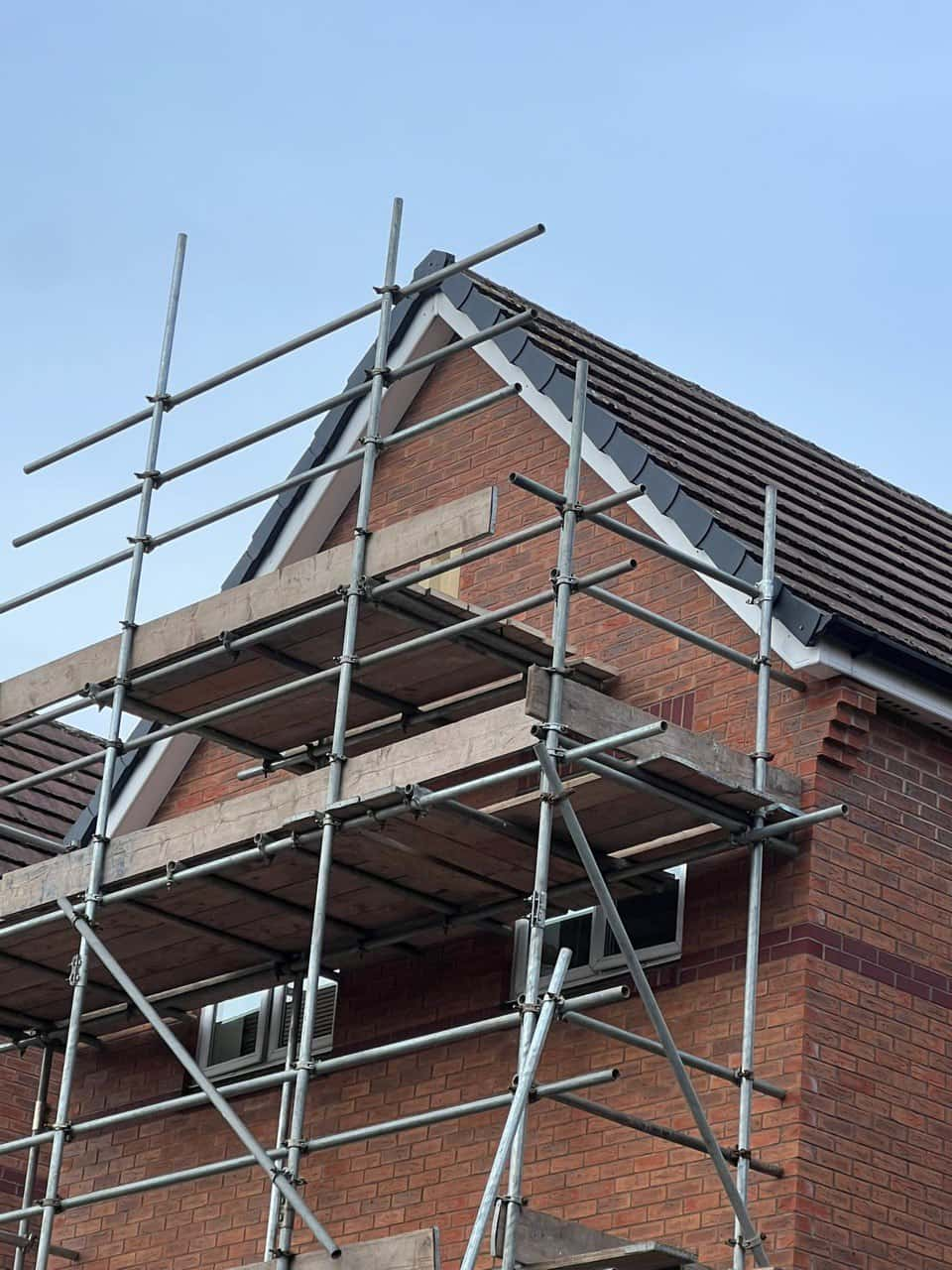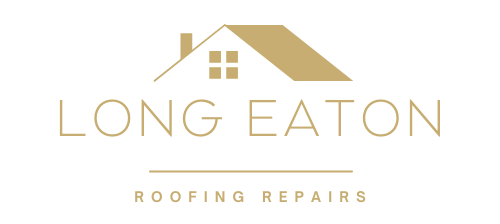Introduction: As a property manager, ensuring the safety and integrity of the buildings under your care is a top priority. One essential aspect of property maintenance is roof inspections. Regular roof inspections help identify issues early, preventing costly repairs and ensuring the roofing system’s longevity. In this blog post, Long Eaton Roofing Repairs shares valuable best practices for property managers to conduct effective roof inspections and maintain the roofs of their properties in top condition.
1. Establish a Roof Inspection Schedule
Create a consistent roof inspection schedule to ensure that no property is overlooked. Inspect roofs at least twice a year, typically in the spring and fall. However, consider additional inspections after severe weather events like storms or heavy snowfalls.
2. Safety First
Prioritise safety during roof inspections. Ensure your team or hired professionals are equipped with safety gear, including harnesses, hard hats, gloves, and appropriate footwear. If you’re conducting inspections in-house, provide training to your staff on safety protocols.
3. Keep Detailed Records
Maintain comprehensive records of all roof inspections. This documentation should include inspection dates, findings, photographs, and any maintenance or repairs performed. A detailed history of each roof’s condition helps track maintenance needs and budget for future repairs or replacements.
4. Hire Professional Inspectors
Consider hiring professional roofing inspectors for more thorough and unbiased assessments. Roofing professionals have the expertise and experience to identify issues that may not be immediately apparent to the untrained eye.
5. Exterior Inspection
During an exterior roof inspection, property managers should:
- Inspect for damaged, missing, or curled shingles or roofing materials.
- Check the condition of flashing around roof penetrations, such as chimneys, vents, and skylights.
- Assess the state of gutters and downspouts for clogs or damage.
- Look for moss or algae growth signs, which can indicate excess moisture.
6. Interior Inspection
An interior inspection should include:
- Check the attic for signs of leaks, water stains, or moisture buildup.
- Inspecting the attic insulation for signs of water damage or inadequate insulation.
- Ensuring proper ventilation to prevent moisture buildup and heat retention.
7. Address Immediate Repairs
If any issues are identified during the inspection, address them promptly. Delaying necessary repairs can lead to more extensive damage and increased repair costs.
8. Budget for Maintenance and Repairs
Use the information from your inspection reports to budget for routine maintenance and potential roof repairs or replacements. Having a proactive budgeting strategy ensures that you have funds set aside to address roofing issues as they arise.
9. Plan for Roof Replacement
Even with regular maintenance, roofs have a limited lifespan. Property managers should plan for eventual roof replacements and consider the best roofing materials and contractors.
10. Communicate with Tenants
Keep tenants informed about upcoming roof inspections and any necessary maintenance or repairs. Clear communication can help prevent misunderstandings and ensure cooperation from tenants when access to their units is required.
Conclusion: Effective roof inspections are a vital component of property management. By following these best practices, property managers can ensure the safety and longevity of their roofing systems, prevent costly repairs, and maintain the overall value of their properties. If you need professional roof inspection or repair assistance, Long Eaton Roofing Repairs is here to provide expert roofing services and support.
Call us on: 0115 647 1193
Click here to find out more about Long Eaton Roofing Repairs
Click here to complete our contact form and see how we can help with your roofing needs.

